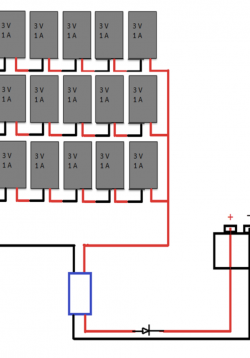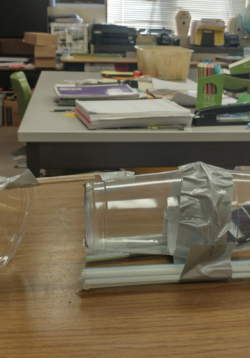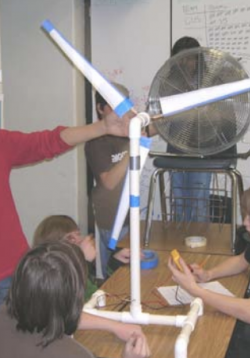Solar SPRK+ Electricity Fundamentals and Photovoltaics
Students work through a number of solar circuit explorations that culminate in a challenge to charge the Sphero SPRK+ devices with solar panels. In this exploration, students will investigate the requirements of various loads, working toward the voltage...








